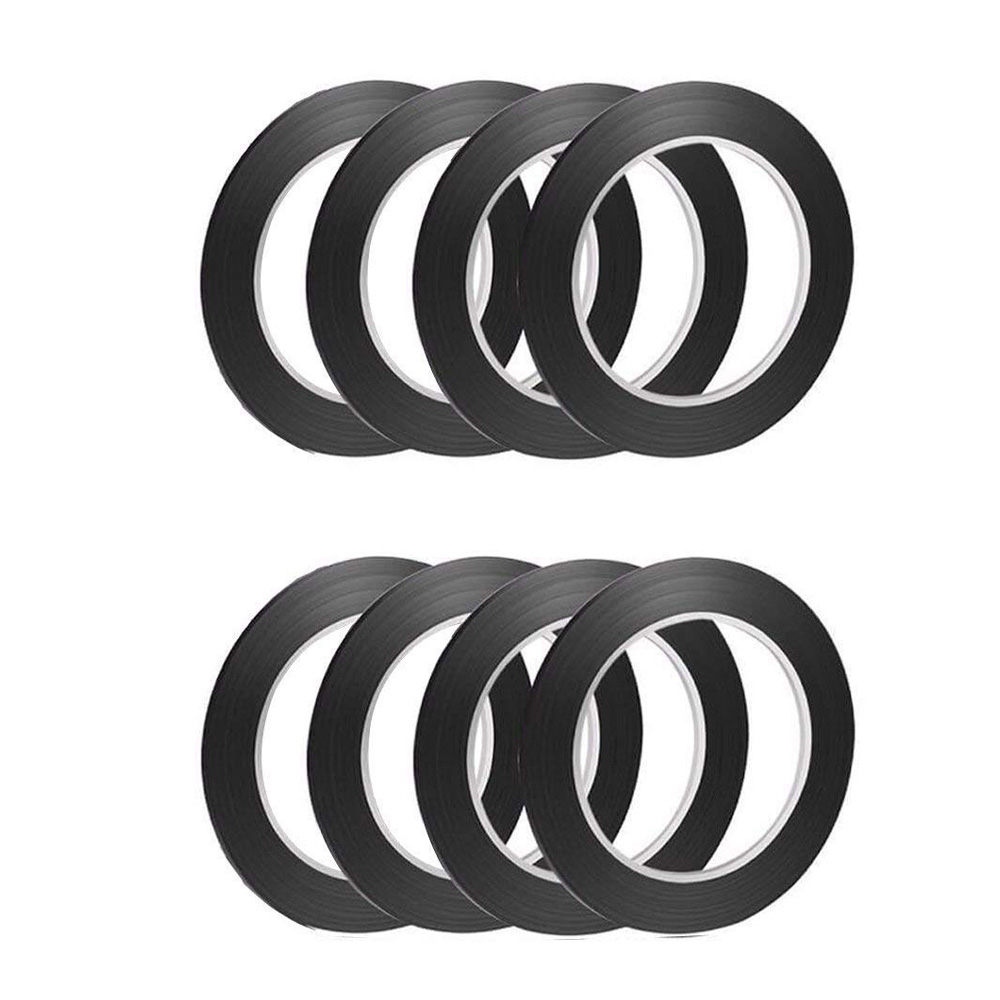


Even at a time of grave uncertainty, Burgess’ set encapsulates a sense of promise-a belief in the transformative powers of the new.
TAPEDECK GRAPHIC ANDROID
Things quickly get weird, as the agonized funk of Robert Fripp’s “Exposure” morphs into the vocodered mechanics of the Android Sisters’ “Robots Are Coming.” You can hear how many sounds were in the air-proto-house, post-disco, new wave, and innumerable ephemeral ideas that never earned a name. An acclaimed remixer, Burgess brings a producer’s careful sense of pacing to the decks: He begins with Debussy’s “Prelude to the Afternoon of a Faun,” then slips in Walter Murphy’s languid disco interpretation of the piece. It’s hard to pick a favorite set, but I’m particularly partial to the first part of a marathon 1986 recording of Jim Burgess from the Saint, a members-only gay club on Manhattan’s Lower East Side that ran from 1980 until 1988. Spanning the late ’70s to the early ’90s, it runs the gamut of disco, hi-NRG, electro pop, and the woozy afterhours style known as sleaze. More than 200 tapes have so far been digitized and uploaded to the Pine Walk Collection on Mixcloud. But as AIDS decimated the community, Fire Island’s dancefloors took on more complicated roles, mixing celebration, hedonism, mourning, and perseverance over a 4/4 beat. For decades, the Long Island beach resort has been a refuge for LGBTQ+ people in the ’70s, at clubs like the Ice Palace and the Sandpiper, disco provided the soundtrack to queer liberation. Featuring sets from DJs like Roy Thode, Michael Jorba, and Richie Bernier, the trove of cassettes amounted to a snapshot of Fire Island at a crucial moment in its history.
TAPEDECK GRAPHIC FULL
When a pair of homebuyers moved into their Fire Island beach house last year, they made a remarkable discovery left behind by the previous owners: milk crates full of hand-dubbed mixtapes from the 1980s and ’90s. Getting trolled has rarely been quite so entertaining. They close out the set with the effervescent bliss of “home,” a CHINAH-sampling, drum’n’bass-adjacent roller that sputters like a cotton-candy machine running on overdrive in the video, a lone crutch bobs up from the heaving crowd while the DJs take selfies behind the decks. Alongside cuts from the scene that birthed them (UK funky from Crazy Cousinz, atmospheric techno from Hodge, Facta, and K-Lone) and scads of Two Shell originals, there are a handful of real head-turners, like the duo’s own edits of Justin Timberlake, Sugababes, and a little-known emo musician named antonvstheworld. The mix, at least, is a ball-a high-energy highwire act that pirouettes along the line dividing bass music from hyperpop. Given that the duo’s members remain anonymous, there’s no way of knowing for sure, but the two people on stage sure acted like ringers. (For a dead giveaway, just watch the levels on the mixer when the camera switches to an overhead shot: They’re frequently seen tweaking the EQ on channels that no sound is passing through.) Not only that, but it’s been rumored that the two figures dressed in ridiculous getups-Halloween headwear, bug-eyed sunglasses, a burglar’s stocking face mask-aren’t Two Shell at all.

For one thing, they appeared to be pantomiming to a pre-recorded mix. UK duo Two Shell’s Boiler Room appearance at Primavera Sound in June quickly became the year’s most controversial DJ set. By the time that extended passage, which also runs through a Jim O’Rourke remix of Japanese noise legend Merzbow, spills out into Rhythm & Sound’s buoyant dub techno, it’s hard to imagine her selections playing out any other way. Many of her picks are unorthodox-this is surely the first time that Rosalía has ever been mixed with the late Editions Mego founder Peter Rehberg-yet Owens’ tonal sensibility carries the day. A similarly experimental spirit fuels her Resident Advisor mix, which opens with ghostly a cappella by the 11th century mystic Hildegard von Bingen before plunging into eerie soundscaping from Bernhard Günter, Throbbing Gristle, and Steve Roach the set’s second half winds through ritualistic percussion and soot-smeared techno before a climax that smokes like a burning subwoofer. Conceived as the imaginary eighth album in her discography-in fact, it’s the third-it finds the Welsh musician abandoning her usual hallmarks in favor of stark, industrially tinged beats and ominously looped vocals. Kelly Lee Owens spent the first seven or eight years of her career striking a careful balance between clean-lined techno and atmospheric electronic pop, but she took a sharp left turn with this year’s LP.8. This content can also be viewed on the site it originates from.


 0 kommentar(er)
0 kommentar(er)
